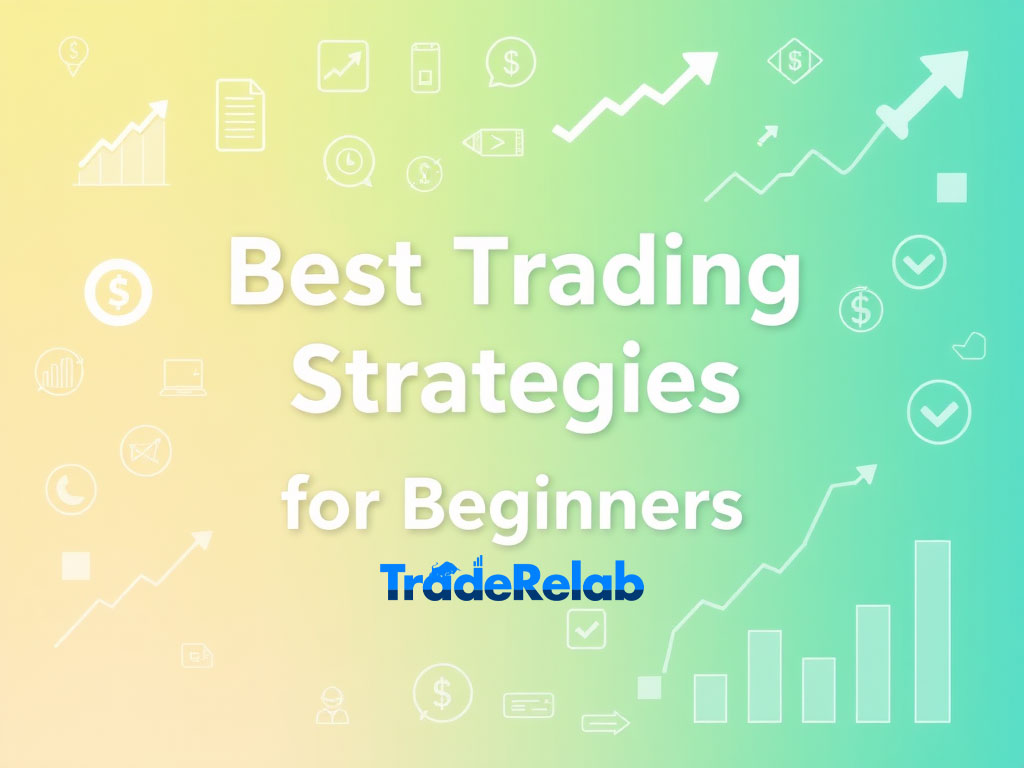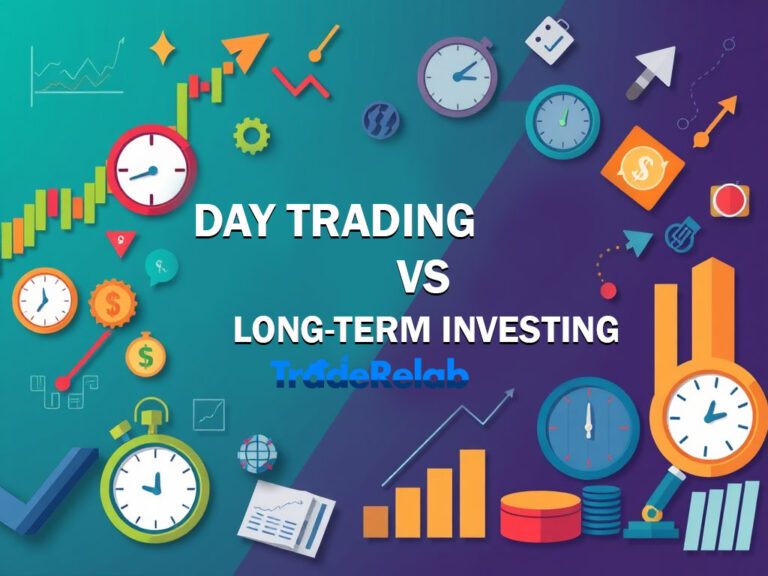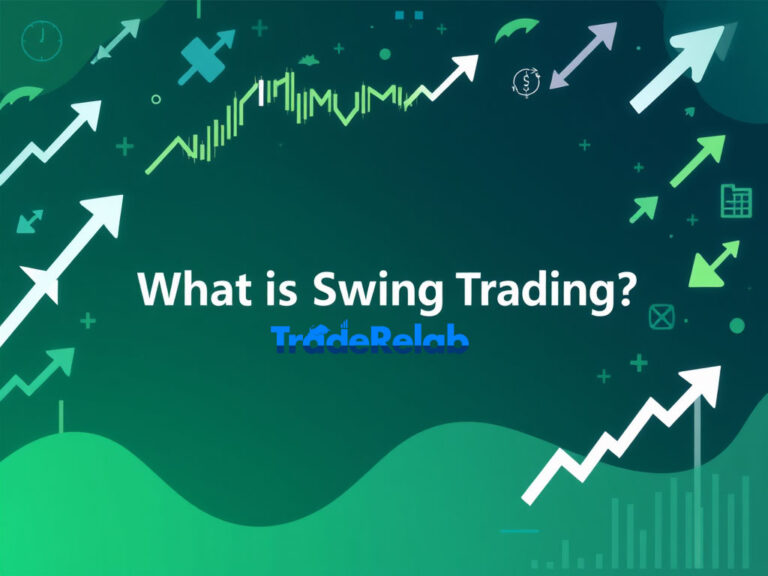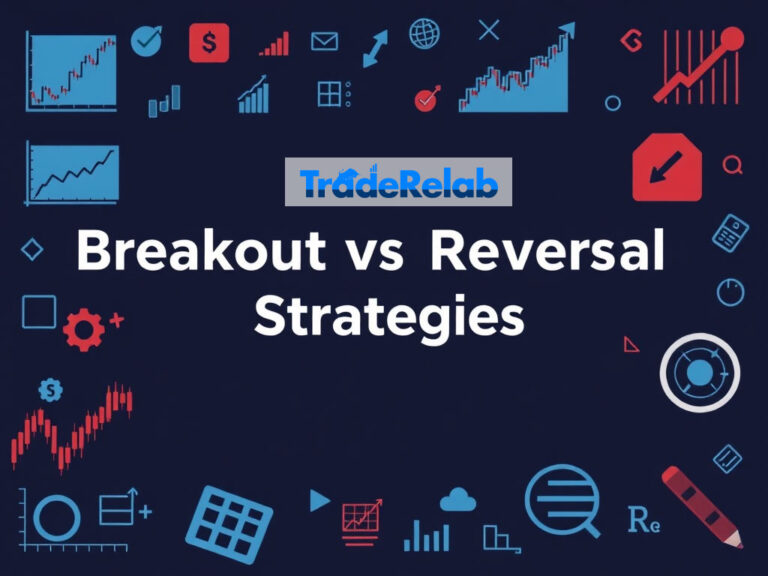Best Trading Strategies for Beginners

Trading in the financial markets can be an exciting yet daunting experience, especially for beginners. The dynamic nature of the markets means that there are countless strategies, each with its own set of advantages and risks. While experienced traders may have developed a deep understanding of complex strategies, beginners should start with simpler, well-defined approaches that help them gain confidence and minimize the risk of significant losses.
In this article, we will explore some of the best trading strategies for beginners, focusing on methods that emphasize risk management, simplicity, and consistency.

1. Day Trading
Day trading is one of the most popular strategies for those looking to engage actively in the markets. It involves buying and selling financial instruments within the same trading day, aiming to profit from small price movements.
Key Features:
- Timeframe: Positions are opened and closed within a single trading day, often holding for minutes to hours.
- Risk Level: Day trading can be risky because it involves frequent trades, and the market can fluctuate rapidly within a day.
- Tools Required: Technical analysis tools, charting platforms, and real-time data are essential.
How It Works:
- Traders identify short-term trends in stock prices or other instruments.
- They buy and sell based on patterns or signals observed in real-time data.
- Day traders aim to make multiple small profits rather than large, long-term gains.
Pros:
- Potential for fast profits.
- No overnight risk since positions are closed by the end of the day.
Cons:
- Requires quick decision-making and constant market monitoring.
- Can be stressful and demands high levels of discipline and focus.
Ideal for Beginners:
Day trading offers opportunities to profit quickly, but beginners should start with demo accounts to practice without risking real money.
2. Swing Trading
Swing trading is a popular strategy that involves holding positions for several days or weeks, seeking to profit from short- to medium-term price movements. The goal is to capture “swings” in the market, which are periods of price movements up or down.
Key Features:
- Timeframe: Trades are typically held for several days to weeks.
- Risk Level: Moderate, as positions are exposed to overnight and weekend market fluctuations.
- Tools Required: Technical analysis tools, charts, and indicators such as Moving Averages or the Relative Strength Index (RSI).
How It Works:
- Traders analyze the market to identify a potential price “swing” based on technical indicators or chart patterns.
- They enter positions when they believe the price is set to move in a certain direction and exit when the target is achieved.
Pros:
- Less time-intensive than day trading, as trades are held for a longer period.
- More flexibility and time to evaluate market conditions.
Cons:
- Risk of larger fluctuations compared to day trading.
- Requires the ability to spot trends and identify potential reversals.
Ideal for Beginners:
Swing trading is less demanding than day trading, allowing traders to research and plan their trades. Beginners can start with short trades and slowly build up their experience.

3. Trend Following
Trend following is a strategy where traders aim to identify and ride the prevailing market trend. In this approach, you buy when prices are trending upwards and sell when they are trending downwards.
Key Features:
- Timeframe: Positions can be held for a few hours, days, or weeks, depending on the trend.
- Risk Level: Moderate, depending on how well trends are identified and managed.
- Tools Required: Trend indicators like Moving Averages, trendlines, and the Average Directional Index (ADX).
How It Works:
- Traders identify the direction of the trend using technical indicators.
- They place trades in the direction of the trend, entering long positions when the market is rising or short positions when the market is falling.
- Traders aim to capture larger, more sustained price movements.
Pros:
- Simple to understand and follow.
- If trends are accurately identified, the strategy can lead to substantial profits.
Cons:
- Trends can reverse unexpectedly, leading to significant losses.
- Can require patience and waiting for trends to develop.
Ideal for Beginners:
Trend following is a great strategy for beginners as it involves riding the market in the direction of the trend, which is simpler than trying to predict reversals.
4. Scalping
Scalping is one of the quickest trading strategies where traders look to make many small profits by taking advantage of very small price movements. The goal is to accumulate small profits over time through frequent trades.
Key Features:
- Timeframe: Positions are held for seconds to minutes.
- Risk Level: High, due to the frequency of trades and reliance on very small price movements.
- Tools Required: High-speed internet, low-latency data, and charting software with real-time updates.
How It Works:
- Traders enter and exit positions very quickly, often dozens of times per day, aiming to profit from small price changes.
- This strategy requires precise timing and the ability to execute trades rapidly.
Pros:
- Frequent trades can lead to many small profits over the course of a day.
- Doesn’t require large price movements, which makes it accessible in volatile markets.
Cons:
- High transaction costs due to frequent trading.
- It’s a fast-paced strategy that requires excellent focus and fast execution.
Ideal for Beginners:
Scalping can be challenging for beginners, as it requires a deep understanding of market movements and execution speed. It may be better suited for more experienced traders or those willing to dedicate time to mastering the strategy.
5. Position Trading
Position trading is a long-term strategy where traders buy and hold assets for weeks, months, or even years, based on fundamental analysis and long-term trends. This approach doesn’t require constant market monitoring and is less stressful compared to shorter-term strategies.
Key Features:
- Timeframe: Long-term (weeks, months, or years).
- Risk Level: Lower for long-term trends but susceptible to major market reversals.
- Tools Required: Fundamental analysis, macroeconomic data, and long-term charts.
How It Works:
- Traders enter positions based on long-term trends or fundamental analysis (e.g., economic conditions, company performance, or geopolitical events).
- They typically ignore short-term price fluctuations and aim for long-term growth or stability.
Pros:
- Lower stress, as trades are held for a longer time.
- Easier to ignore short-term market noise and focus on the big picture.
Cons:
- Long holding periods mean it takes time to see significant profits.
- Exposure to significant market corrections and long periods of underperformance.
Ideal for Beginners:
Position trading is an excellent strategy for beginners who prefer a less time-consuming and less stressful approach. It requires a fundamental understanding of market forces and a longer-term perspective.
6. Automated Trading
Automated trading, also known as algorithmic trading or bot trading, involves using computer programs or algorithms to execute trades based on predefined rules. This strategy removes the emotional element from trading and helps traders stick to their plan.
Key Features:
- Timeframe: Depends on the algorithm; can range from seconds to long-term.
- Risk Level: Depends on the strategy and the risk settings of the algorithm.
- Tools Required: Trading software, programming skills (optional), and access to APIs for automated trading.
How It Works:
- Traders set up algorithms that analyze market conditions and execute trades when specific criteria are met.
- Automated systems can work much faster than manual trading and remove emotional decision-making.
Pros:
- Emotion-free trading that sticks to predefined rules.
- Can analyze large amounts of data faster than humans.
Cons:
- Requires technical knowledge to set up and optimize.
- Risk of malfunction or poor strategy implementation if not properly managed.
Ideal for Beginners:
Automated trading can be beneficial for beginners once they have some understanding of trading. It allows them to test strategies without constant monitoring.
Conclusion
For beginners, the key to success in trading is starting simple, focusing on risk management, and being patient. While each trading strategy offers unique benefits, it is essential to understand the risks involved and find the one that best suits your trading style and goals. Strategies like day trading, swing trading, trend following, and position trading provide opportunities to profit from different market conditions. As you gain more experience, you can incorporate more advanced techniques into your trading plan.
FAQ
1. What is the best strategy for beginners in trading?
For beginners, position trading or swing trading are ideal strategies, as they involve longer holding periods and less stress compared to day trading or scalping.
2. How do I manage risk in trading?
Risk management can be done by setting stop-loss orders, diversifying your portfolio, and not risking more than a small percentage of your capital on each trade.
3. Is day trading suitable for beginners?
Day trading is fast-paced and requires experience and discipline. It may not be the best strategy for beginners due to the high risk and constant monitoring it demands.
4. How can I avoid emotional trading?
Using automated trading systems, sticking to a trading plan, and practicing patience can help prevent emotional decision-making.
5. What tools do I need to start trading?
For beginners, essential tools include a reliable trading platform, access to market data, and basic charting tools for technical analysis.






